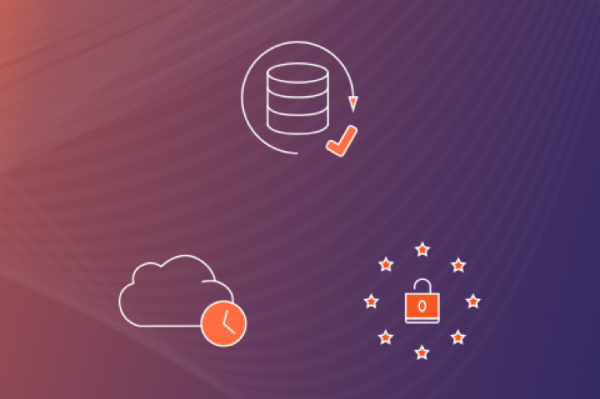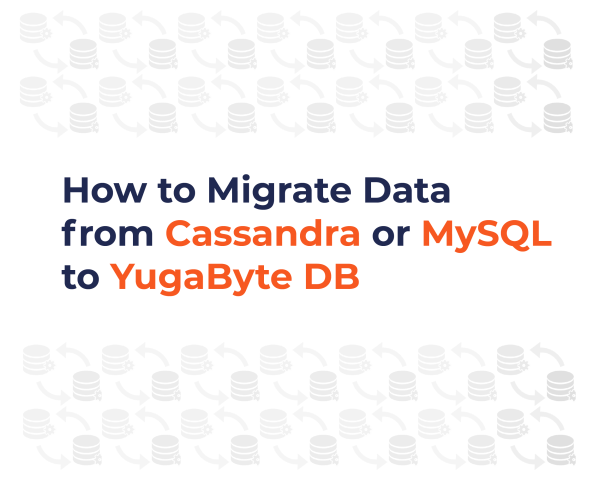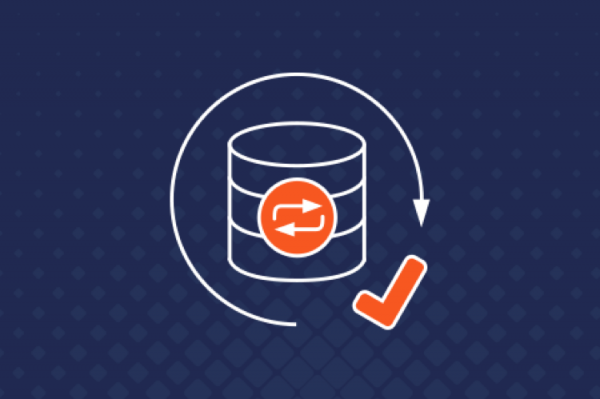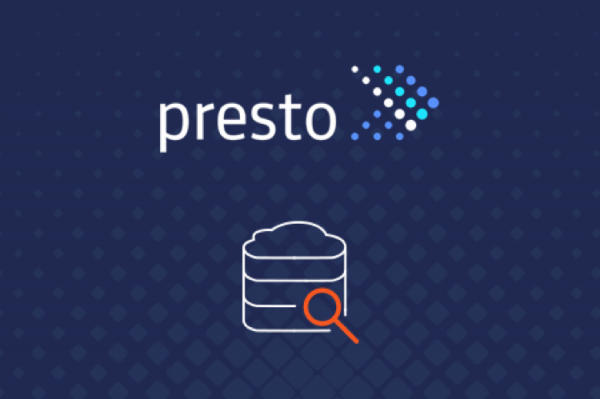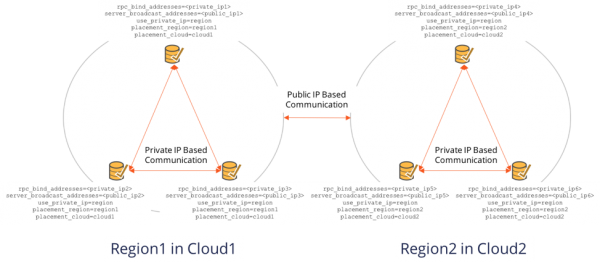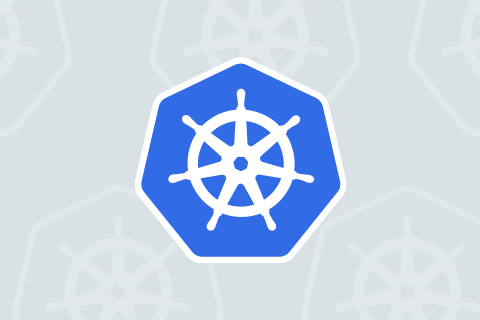Distributed SQL on Google Kubernetes Engine (GKE) with YugabyteDB’s Helm Chart
The glory days of the heavy-weight hypervisor are slowly fading away, and in the last few years, containerization of applications and services is the new reality. With containerization, enterprises can prototype, deploy, and meet scale demands more quickly. To systematically and efficiently manage these large-scale deployments, enterprises have bet on technologies like Kubernetes (aka k8s), a powerful container orchestrator, to get the job done. Kubernetes was originally developed by Google, but it has been open sourced since 2014 and is today developed by a large community of contributors.
…

